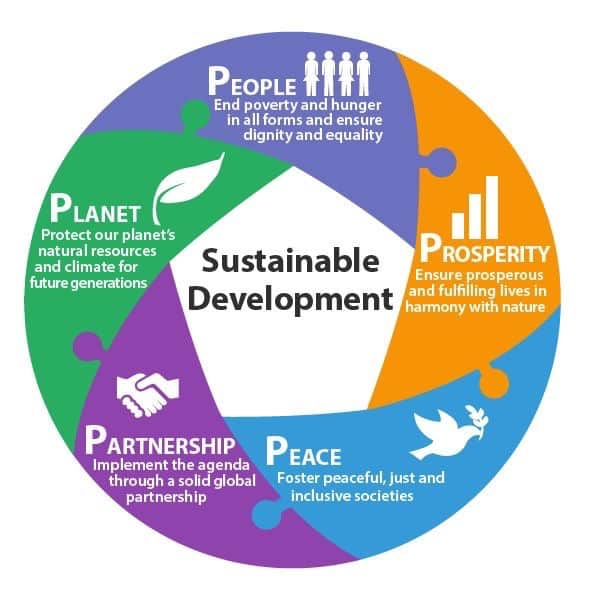Sustainable development is gaining pace around the world. One example of sustainable development is New Zealand’s Resource Management Act (RMA) which is not only exemplary in achieving sustainability in resources but New Zealand is a country which has provided free water for nearly all its residents because of its sustainability model. New Zealand’s natural resources are vast and well-maintained providing electricity and hydropower for many. An important aspect of urban planning in New Zealand is the Resource Management Act which is a legal document that provides all the rules and regulations needed for a country to sustain it’s natural and built environment resources in a way that the future generation can benefit. Sustaining the environment is a major way to enhance the planning regulations of a country and there need to be regulations against any damage done to the environment such as with the RMA. OECD has ranked the RMA as one of the best environmental documents in the world that generates wealth and well being for the citizens of the country. For instance, air quality is one of the best in New Zealand providing a lot of fresh water growth for environmental governance and management.

Here are a few things from the RMA that can be used globally for sustainability:
It is important to tackle climate change: Although most countries in the world are making efforts to reduce climate change, the RMA includes strict measures and activities that can be taken towards a healthy and sustainable environment, such as the focus on cleanliness and renewable energy. New Zealand is one of the lower risk countries for climate change because of low pollution and pure air quality, whereas countries like the USA and China are at a higher risk of carbon emissions and pollution.
Governing bodies should lead environmental issues: One of the reasons the RMA is such as a successful document is because it is at the heart of all councils and governing bodies of New Zealand. The government makes efforts to understand and implement resource management into the daily practices of governance and citizens. This leads to a top-down approach where the leading bodies are actually making a change to the way people live on a daily basis. If more countries took environmental implications into the hands of the governance and if the government strictly implemented such actions, then there would be a better approach towards change.
Include natural and built environment: Having a document such as the RMA can benefit many countries but the important difference is that New Zealand implements the RMA in its everyday planning structures and practices. All the planners in New Zealand are made to follow the RMA in a mandatory nature and even regulations for waste management, housing and transport are included into the RMA where the planners have a major voice into the built and natural environment of the country.
Avoid, remedy or mitigate effects on the environment: One of the major principles of the RMA is “avoiding, remedying or mitigating any adverse effects of activities on the environment.” This is a fundamental aspect of improving progress and this is one of the main reasons New Zealand is a developed country. If there are adverse effects on the environment, this principle of avoiding, remedying or mitigating the effect by following the rules, which is also in the hands of the planners, makes it very important and practical for the future benefit of the country.
Include indigenous culture in the country: New Zealand is appreciated because it includes the Maori culture which is thought to be very important for the country. For instance, the Treaty of Waitangi which forms a basis for the RMA has led to a lot of debate and the Maori people are included in all the natural and land decisions made by the country. This gives enormous power to the indigenous groups and sets an important example to all the western countries.
The above are a few things people can learn from the RMA of New Zealand. Many countries can learn a lot from following the guidelines similar to those of the RMA. This also suggests that there is a big disparity in the ways in which developed and developing nations follow their city planning structures, and although the developing countries have a lot of important issues such as poverty, housing, and daily livelihoods, they can still improve their governance structures by taking such examples. Therefore, it is no doubt that RMA is a pioneering document which sets an important example to the rest of the world.